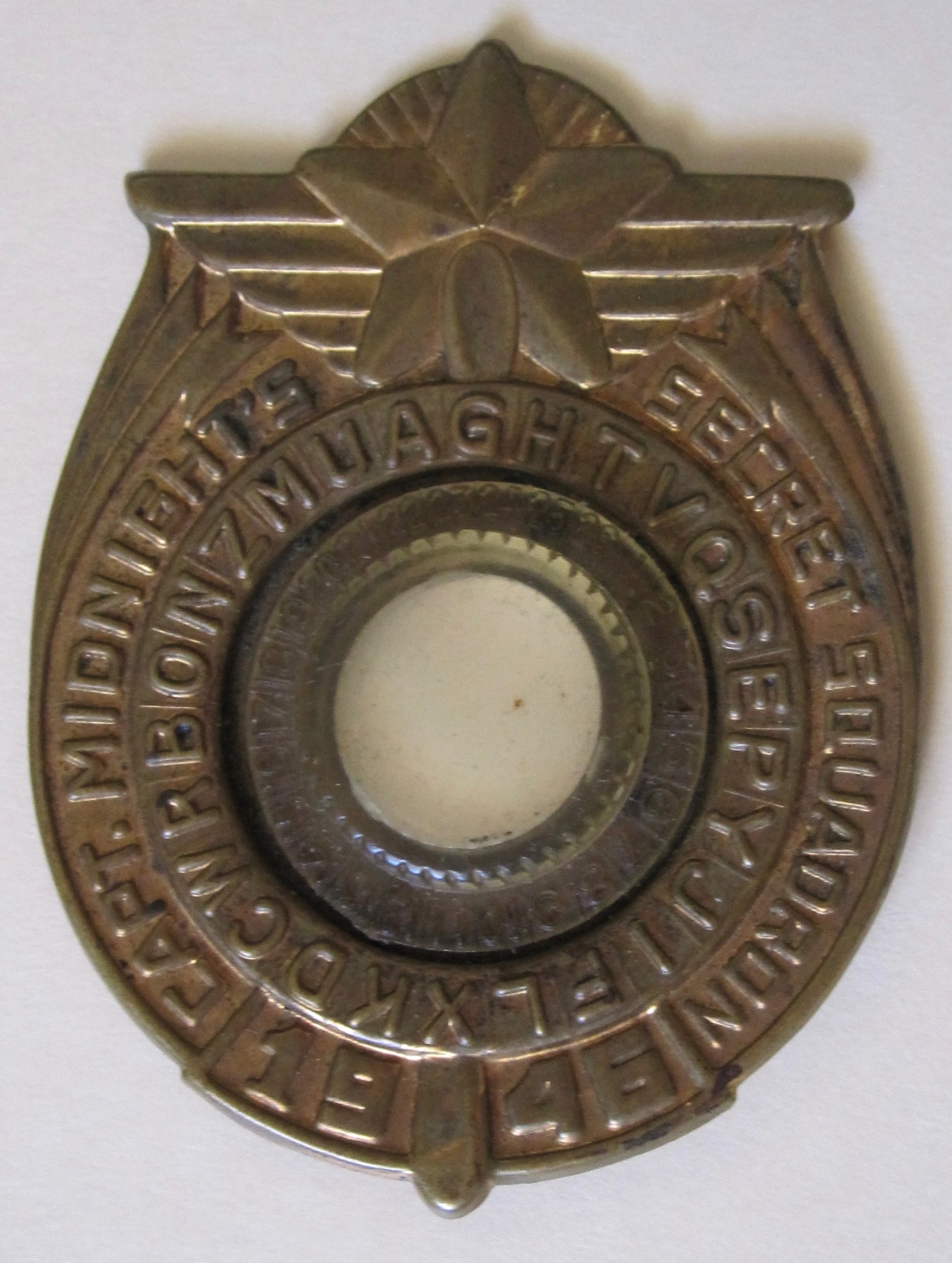Section 1.1 Basic Ideas
The history of secret messages is a fascinating one! We will begin with a brief introduction to the basic ideas and some important terminology. Roughly speaking cryptology is the study of secret communication. It includes the study of both cryptography and cryptanalysis. For a precise definition of these terms, let us turn to one of the pioneers of American cryptology, William Friedman. Indeed, the word cryptanalysis was first coined by him! William Friedman (1891-1969) was a code breaker for the Signal Corps of the US Army/War Department and for many years directed the Signals Intelligence Service. In addition to solving many secret messages, he wrote multiple training manuals on cryptology. In one of his earliest training manuals, the Elements of Cryptanalysis written in 1923 he writes
Cryptography is the science which embraces all the methods and devices where an intelligible, written message may be converted into an unintelligible or secret form. The words of the original or intelligible message constitute the PLAIN TEXT; the characters of the unintelligible or secret form of the message constitute the CRYPTOGRAM.
Cryptanalytics is the name recently applied to the science which embraces all the principles, methods, and means employed in the ANALYSIS of cryptograms, that is, their reduction or solution without a knowledge of the system or the key, or the possession of the code book, by a detailed study of the cryptograms themselves. CRYPTANALYSIS is the name applied to the steps performed in the application of the principles of cryptanalytics to cryptograms. A CRYPTANALYST is an expert in the application of the operations or precesses in cryptanalysis.
―William Friedman, Elements of Cryptanalysis

That is to say, cryptography includes all the various ways a message, referred to as PLAINTEXT, may be hidden or disguised as CIPHERTEXT. We will refer to the disguised message as CIPHERTEXT rather than as cryptogram. Cryptography includes both encrypting and decrypting messages using a known key. On the other hand, cryptanalysis mainly involves decrypting messages without knowing the key and possibly not even knowing the type of process used. Encryption is the process of converting plaintext into ciphertext and decryption is the reverse process. Encryption systems can involve ciphers or codes (or both). We'll again let William Friedman define those terms.
A cipher message is a cryptogram which has been produced by applying a method of cryptography to the individual letters of the plain text, taken either singly or in groups of constant length.
A code message is a cryptogram which has been produced by the use of a code book consisting of arbitrary combinations of letters or figures to be substituted for the entire words, phrases, and sentences, and sometimes individual letters or syllables, of the plain text.
―William Friedman, Elements of Cryptanalysis
For example, in a cipher system the word BACON might be replaced with the letters CBDPM where the letter B is changed to the letter C, the letter A is changed to the letter B, and so on. In a code system, the word BACON might be replaced with the four digit group 5521. In practice, the words code and cipher are often used interchangeably, but its important to know the methodology for each of these processes is very different. In this text, we will focus much more on cipher systems than code systems. While code systems have been very important historically, they are generally not as interesting mathematically.
What does it take to study cryptology? Let us turn to another pioneer of American cryptology and consult Parker Hitt who wrote the first American work on techniques in cryptanalysis, Manual for the Solution of Military Ciphers, in 1916.
Success in dealing with unknown ciphers is measured by these four things in the order named: perseverance, careful methods of analysis, intuition, luck. The ability at least to read the language of the original text is very desirable but not essential.
Cipher work will have little permanent attraction for one who expects results at once, without labor, for there is a vast amount of purely routine labor in the preparation of frequency tables, the rearrangement of cipher for examination, and the trial and fitting of letter to letter before the message begins to appear.
―Parker Hitt, Manual for the Solution of Military Ciphers

Over one hundred years later, we have much better tools to help us with some of this routine labor than Parker Hitt did. Indeed, we will use appropriate software extensively. However, this produces little change to this list of important characteristics. Perseverance is just as important to code breaking work today as it was then! There are many exercises throughout this text that will give you a chance to develop your code breaking skills. You should expect that these will take time and perseverance! Encryption techniques have changed a great deal in the past one hundred years and the importance of mathematical ideas and techniques has grown substantially. In this text, we will describe both historical and modern encryption techniques following a roughly historical timeline.
